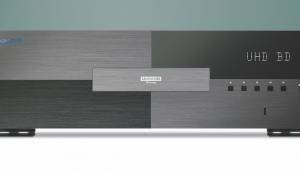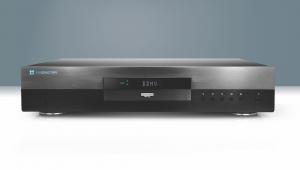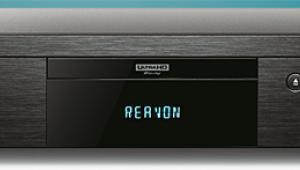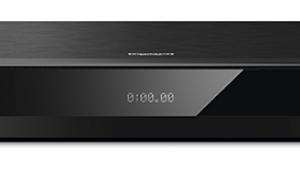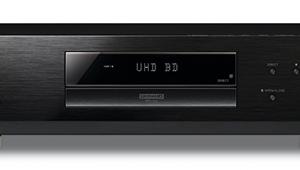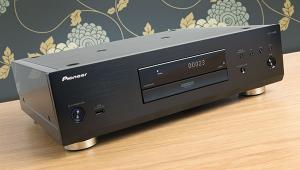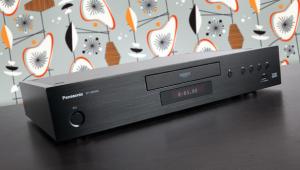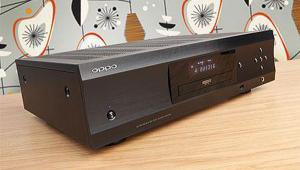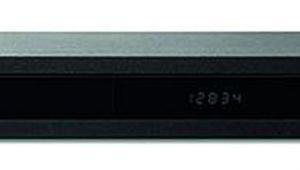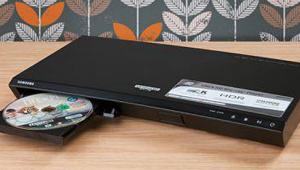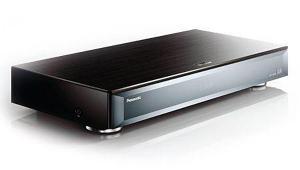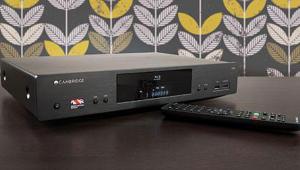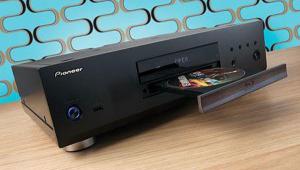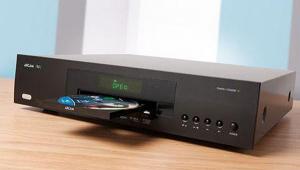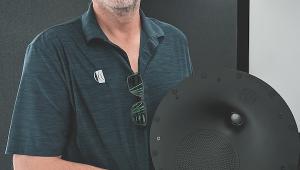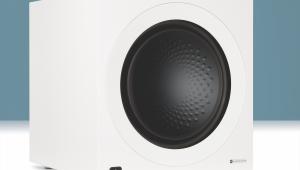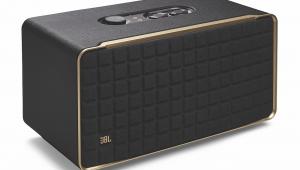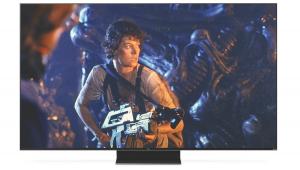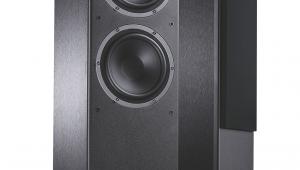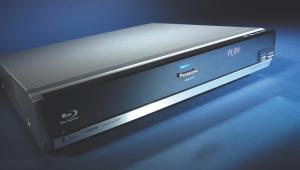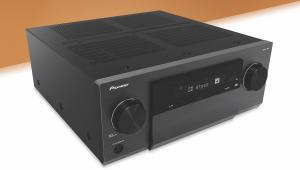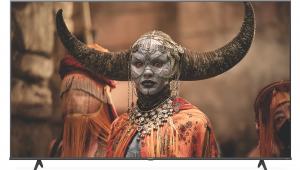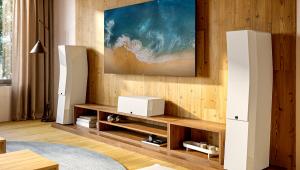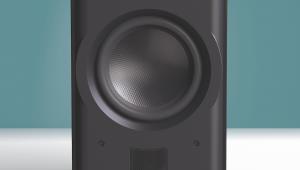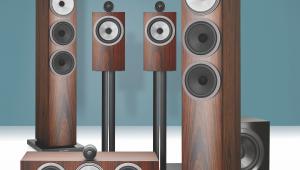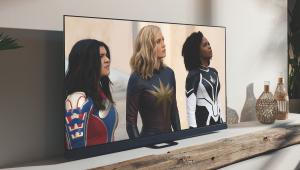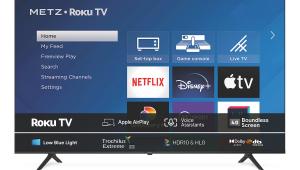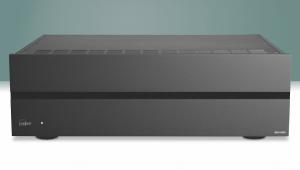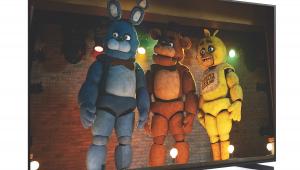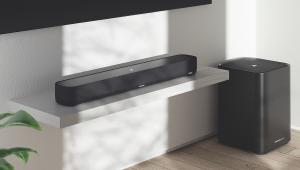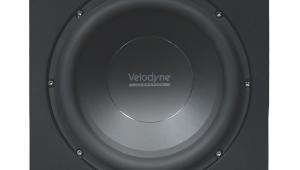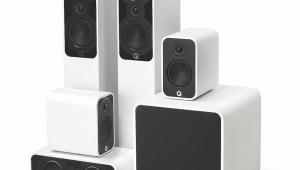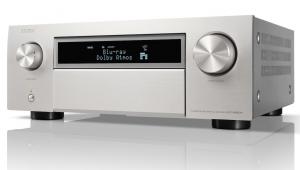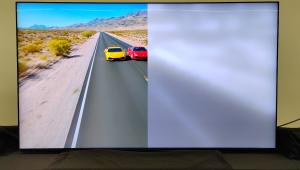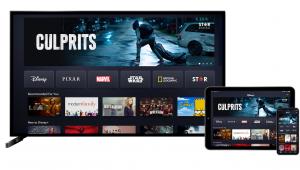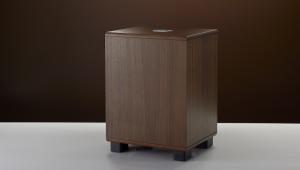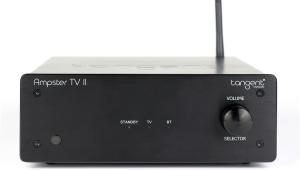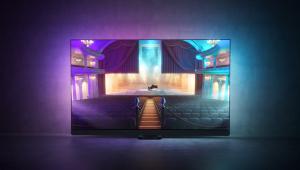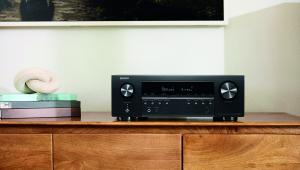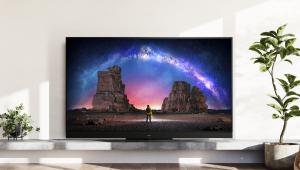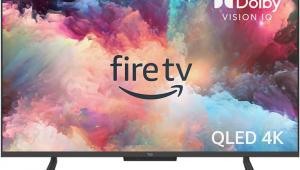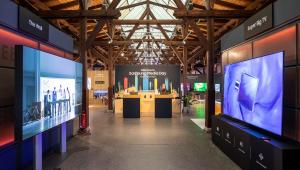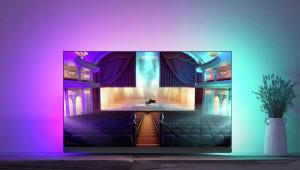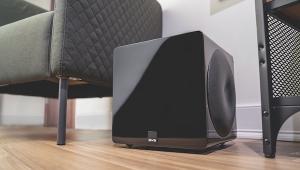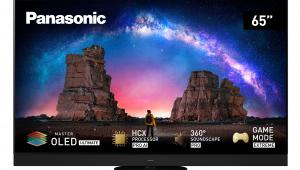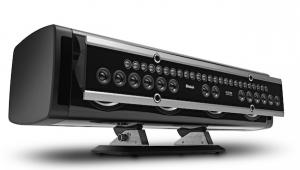Panasonic DMR-BWT700 review
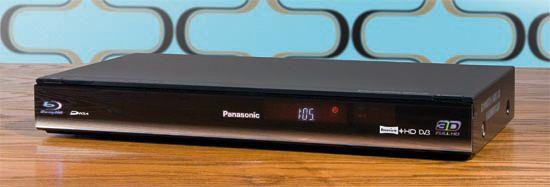
Panasonic’s hard disk/Blu-ray recorders hark back to the day when video recording meant people could lend VHS tapes to friends and family, who’d missed an episode of Twin Peaks or the Christmas day broadcast of Back To The Future on BBC1.
Now in the age of Sky, online movie downloads and affordable disc rentals and retail, a Blu-ray recorder seems as good an idea as a red wine spritzer. The PVR and likes of the iPlayer mean you need never miss a show, and if you really want something for your collection you can simply buy it on optical disc.
On the other hand, the ability to shoehorn in anything between 13 and 84 hours on to a dual-layer Blu-ray, plus a hard disk capable of storing between 79 and 538 hours of footage (depending on quality levels) makes the DMR-BWT700 almost the ultimate archiving machine. It even has 11 recording modes that let you squeeze every last drop out of your recording media and it remains the only (bar its DMR-BWT800 sibling) way of making your own Blu-ray discs of broadcast HD shows.
There are limits to this, however. Freeview BBC HD shows can be copied on to Blu-ray multiple times, while those from ITV and C4 may only be copied once (although you can make limitless standard-definition copies). All TV shows are recorded in DR (direct record) mode using the same bitrate (approx 8Mbps for HD, 4Mbps for SD) as the original, to the hard disk. You can boost your storage capacity by converting each recording to a different mode prior to copying on to Blu-ray (or DVD if you’re making standard-definition copies).This is a process that is done in real time and is best performed when the box is in standby.
New and differentThe DMR-BWT700 replaces last year’s DMT-BW780 and, while it loses a Firewire input, it gains in a number of ways, including the ability to rewind live TV rather than just pause it. Other upgrades include the revamped Viera Connect service, built-in Skype (bring your own camera), plus a new HM recording mode that lets you cram 35 one-hour episodes of Casualty in HD on to a 50GB Blu-ray disc. Should you want to.
There’s also 3D compatibility, which doesn’t just mean 3D Blu-ray playback, it also means 2D-to-3D conversion of discs (ie. not broadcasts, which is annoying) and playback and archiving of 3D footage. So you can actually make your own 3D Blu-ray movies, assuming you already have a compatible digital camera or camcorder.
Design-wise, the DMR-BWT700 is no great departure from last year’s model, which is to say, aside from being festooned with just about every home cinema logo going, there’s little to suggest just how serious a piece of AV kit it really is.
The fascia pulls down to reveal the disc tray, a USB port, SD card slot and just two playback buttons (for stopping and starting) that look like a design afterthought. The front is also home to the six-digit LED display plus a small selection of indicator lights for the current source and recording timer. The brightness of the display can be altered, as can the presence and/or intensity of a bright blue glowing LED that comes on when the machine is in operation.
There’s no CI slot nor component video, but you’ll find dual Scarts around the back, which keep the analogue fires burning along with composite video and stereo phono inputs. Although it can digitally output hi-res audio formats there is no provision for analogue multichannel. Digital duties are handled by a solitary HDMI (the flagship DMR-BWT800 ups the HDMI count to two), plus there are optical and coaxial options.
Networking is taken care of by using the Ethernet socket or an optional Panasonic wi-fi adapter (or, again, get the BWT800). Installation is a straightforward process and provided you keep track of which drive you’re using (BD, HDD, SD or USB) the recorder doesn’t take too long to get to grips with. But the rather jaded-looking menu system and poster adverts in the EPG arehardly a match for the cutting-edge technology under the hood.
Testing the DMR-BWT700’s networking mettle is as untaxing as you could hope for provided you choose the ‘easy’ setting. Acetrax aside, there’s not much for the home cinema enthusiast and the absence of iPlayer is a notable omission. Any DLNA computer can be rigged up, and the PVR’s library of recordings can be accessed and viewed in Windows Media Player. However, I gave up waiting for a six-minute recording of BBC News to playback after 10 minutes.
As a PVR the BWT700 is versatile yet simple to use, for the most part. Recordings are stored in the Direct Navigator where unviewed shows are flagged up and icons tell you how many Blu-ray copies can be made. Pressing ‘option’ on the remote control accesses the editing menu where you can rename, lock, divide, partially delete, change the thumbnail trailer and perform a file conversion. Image quality of recordings is nothing short of excellent, creating flawless facsimiles of the original broadcasts.
Files in the ointmentThere are some flaws in the operating system, though. For example, if you try to copy an HD show to a BD-RE disc, the machine asks you which recording mode to use. Select anything other than the DR original, for example HL or HM and the recorder attempts to make a copy, but fails and tells you the disc is probably scratched or dirty. You must convert the file before the copying stage, but the recorder doesn’t make this clear. File conversion is also de rigeur, if you’re making a finalised BD-R that will be viewed on any other decks. Despite the drop in bitrate, it’s practically impossible to notice any quality drop-off between DR and HG (the next-best mode) files. Even in HL, the most compressed of the five high-definition modes, the quality remains very high, with just some softening and loss of clarity.
The hard disk can be used to store multiple types of media and you can rip CDs, accessing the Gracenote database for full track listings. A pity it doesn’t show album artwork.
Reassuringly, the DMR-BWT700 is no slouch as a Blu-ray deck. The early desert scenes in No Country For Old Men have excellent clarity and detail, while the MPEG noise levels of the sky vistas are kept in check. Stereoscopic material such as Monsters Vs Aliens is equally impressive, but 2D-to-3D conversion of Avatar is no match for the real 3D deal, lacking both punch and depth.
Audio clarity is excellent, and the BWT7000 can transcode from AAC, which is used with many HD broadcasts, to Dolby Digital. When playing Blu-rays, Dolby Digital TrueHD, and DTS-HD Master Audio can be bitstreamed to your amp using the HDMI output.
AV is a niche market, and this machine is very niche indeed. I suspect camcorder enthusiasts, who want one box that can perform every home entertainment trick in the book (popcorn making aside) will find the BWT700 suits their needs. But as we move further away from the VHS era and the home archiving craze, I wonder whether most tech-hedz will muster any excitement for it, particularly given the £500 tag.
HCC VERDICT
Panasonic DMR-BWT700
Price: £450 Approx
Highs: Versatile Freeview PVR; 3D BD playback
Lows: Unimpressive with multimedia; dated-looking menus; complex operating system
Performance: 4/5
Design: 4/5
Features: 4/5
Overall: 4/5
Specifications
HDD: yes 320GB
Tuners: yes twin DVB-T/T2 (Freeview HD)
3D: yes
Upscaling: yes to 1080p
Multiregion: no Region B BD/R2 DVD
HDMI: yes 1 x v1.4
Component: no
Multichannel analogue: no
Digital audio: yes via HDMI, coaxial and optical
SACD/DVD-A: no
Dolby True HD/DTS HD decoding: no
Dolby True HD/DTS HD bitstream: yes
Profile 2.0: yes
Dimensions: 430(w) x 59(h) x 249(d)mm
Weight: 3.1kg
Features: 2 x Scart (inc RGB); Dolby Digital/HE-AAC 5.1 recording; PCM, DD, DTS, MPEG audio output (optical and coaxial); 2 x USB; SD card slot; Ethernet; RF loopthrough; optional wi-fi adapter; 2D-3D conversion
 |
Home Cinema Choice #351 is on sale now, featuring: Samsung S95D flagship OLED TV; Ascendo loudspeakers; Pioneer VSA-LX805 AV receiver; UST projector roundup; 2024’s summer movies; Conan 4K; and more
|

